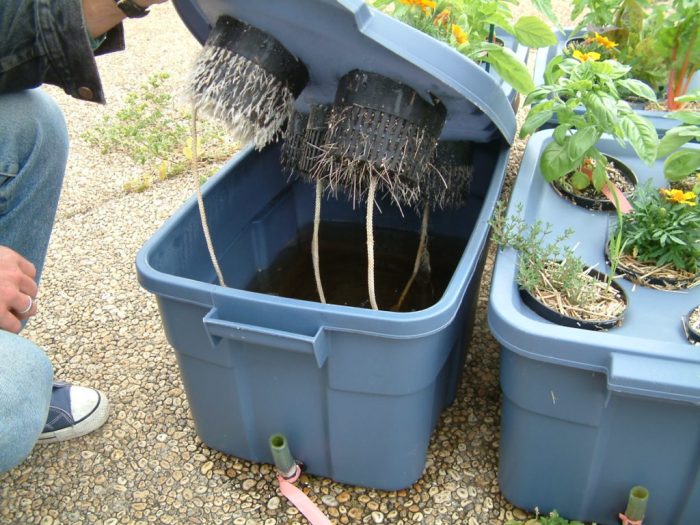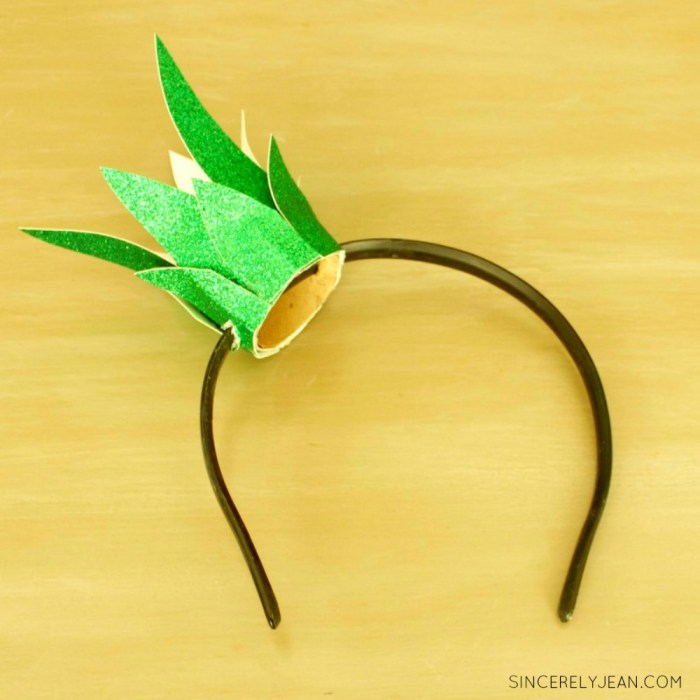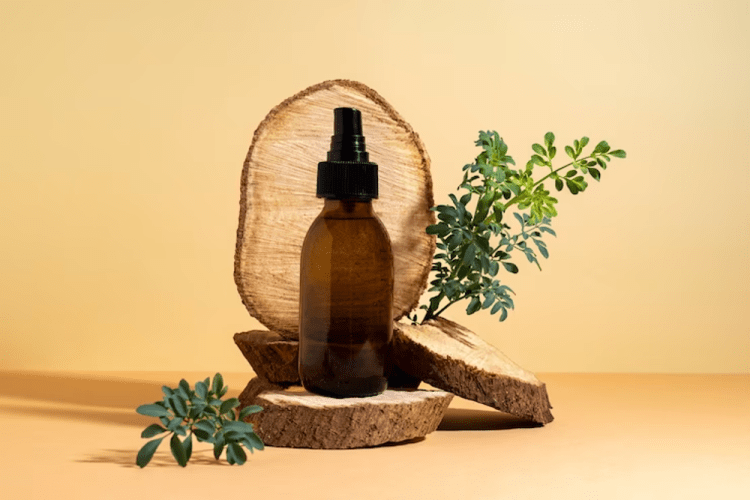
Hair growth DIY oil offers a natural approach to promoting thicker, healthier hair. By harnessing the power of essential oils and carrier oils, you can create customized blends to address specific hair concerns and stimulate growth.
This article explores the science behind hair growth, delves into the benefits of DIY oils, and provides detailed recipes and application techniques. Whether you’re struggling with hair loss, thinning, or simply want to enhance your hair’s vitality, this guide will equip you with the knowledge and tools to embark on your hair growth journey.
Popular DIY Hair Growth Oil Recipes
There are many DIY hair growth oil recipes available online and in various beauty communities. These recipes often combine essential oils, carrier oils, and other natural ingredients believed to promote hair growth and scalp health. While the effectiveness of these recipes may vary depending on individual hair type and scalp conditions, they are generally considered safe and can provide a natural alternative to commercially available hair growth products.
DIY Hair Growth Oil Recipes
Here are some popular DIY hair growth oil recipes:
| Recipe Name | Ingredients | Proportions | Application Method |
|---|---|---|---|
| Rosemary & Peppermint Oil Blend | Rosemary essential oil, Peppermint essential oil, Carrier oil (such as coconut oil, jojoba oil, or almond oil) | 5 drops rosemary oil, 5 drops peppermint oil, 2 tablespoons carrier oil | Massage the oil blend into your scalp, focusing on areas where you want to promote hair growth. Leave it on for at least 30 minutes before shampooing. |
| Castor Oil & Lavender Oil Blend | Castor oil, Lavender essential oil | 2 tablespoons castor oil, 5 drops lavender oil | Warm the castor oil slightly and add the lavender oil. Apply the mixture to your scalp and massage gently. Leave it on overnight and shampoo as usual in the morning. |
| Onion & Garlic Oil Blend | Onion juice, Garlic juice, Carrier oil (such as coconut oil, olive oil, or almond oil) | 1 tablespoon onion juice, 1 tablespoon garlic juice, 2 tablespoons carrier oil | Mix the onion and garlic juices with the carrier oil. Apply the mixture to your scalp and massage thoroughly. Leave it on for 30 minutes before rinsing with shampoo. |
| Avocado & Coconut Oil Blend | Avocado oil, Coconut oil, Essential oil (optional, such as rosemary oil or lavender oil) | 2 tablespoons avocado oil, 1 tablespoon coconut oil, 5 drops essential oil (optional) | Combine the oils and apply them to your scalp and hair. Leave it on for 30 minutes before washing with shampoo. |
DIY Hair Growth Oil Application Techniques: Hair Growth Diy Oil
Applying a DIY hair growth oil correctly is crucial to maximize its benefits and achieve desired results. Understanding the different application methods and incorporating scalp massage can enhance the effectiveness of the oil.
Scalp Massage Techniques
Scalp massage is a vital component of hair growth oil application. It stimulates blood circulation to the scalp, promoting hair follicle nourishment and growth.
- Circular Motions: Use your fingertips to gently massage the scalp in circular motions, covering the entire scalp area.
- Kneading: Gently knead the scalp with your fingertips, as if you are kneading dough.
- Pulling and Tapping: Gently pull and tap the scalp with your fingertips, using a light and rhythmic motion.
For optimal results, it is recommended to massage the scalp for at least 5 minutes daily.
DIY Hair Growth Oil Application Methods
The application method of your DIY hair growth oil depends on the type of oil and your personal preference. Here are some popular techniques:
- Direct Application: Warm the oil slightly and apply it directly to the scalp using your fingertips. Massage it gently into the scalp for a few minutes.
- Hair Mask: Apply the oil to your scalp and hair, cover your hair with a shower cap, and leave it on for at least 30 minutes. Rinse thoroughly with shampoo and conditioner.
- Hot Oil Treatment: Warm the oil slightly and apply it to your scalp and hair. Cover your hair with a towel or shower cap, and leave it on for at least 30 minutes. Rinse thoroughly with shampoo and conditioner.
Regardless of the method you choose, it is important to apply the oil consistently for optimal results.
Creating your own hair growth oil can be a fun and rewarding experience, allowing you to customize your hair care routine. If you’re looking for a project with a different kind of reward, you might enjoy building a DIY toy chest for your little ones. But if you’re focused on healthy hair, experimenting with essential oils and carrier oils in your DIY hair growth oil can be a great way to discover what works best for you.
Tips for Effective Application
- Warm the Oil: Warming the oil slightly before applying it can help it penetrate the scalp more effectively.
- Use a Comb: Distribute the oil evenly throughout your scalp and hair using a wide-tooth comb.
- Avoid Over-Application: Applying too much oil can weigh down your hair and make it look greasy.
- Wash Thoroughly: Rinse the oil out completely after the recommended application time to prevent buildup and scalp irritation.
- Consistency is Key: Apply the oil regularly, at least twice a week, for optimal results.
Maintaining Hair Growth Results
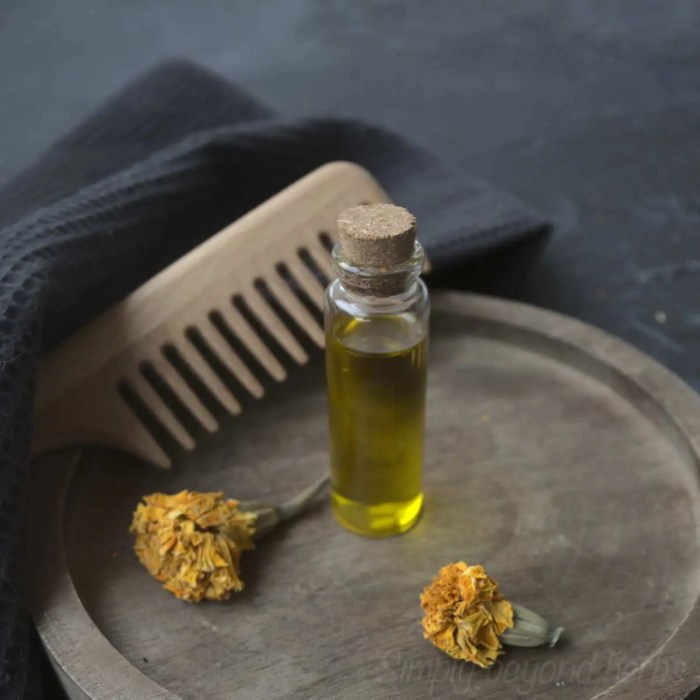
After putting in the effort to grow your hair with DIY hair growth oils, it’s essential to maintain those results. Consistency is key, and a healthy lifestyle plays a crucial role. Let’s delve into strategies to keep your hair thriving.
Consistency in Applying DIY Hair Growth Oils
Consistency is vital for achieving and maintaining hair growth results. Applying your DIY hair growth oil regularly allows the ingredients to work their magic over time. Aim for at least two to three applications per week for optimal results.
Incorporating a Healthy Diet and Lifestyle
A balanced diet rich in essential nutrients is crucial for healthy hair growth. Include plenty of protein, vitamins (especially A, C, D, and E), and minerals (like zinc and iron) in your diet. Foods like eggs, leafy green vegetables, nuts, seeds, and fish are excellent sources of these nutrients.
In addition to diet, a healthy lifestyle plays a significant role in hair growth. Adequate sleep, stress management, and regular exercise promote overall well-being, which can positively impact hair health.
Preventing Hair Damage and Breakage
Preventing hair damage and breakage is essential for maintaining hair length and promoting healthy growth. Here are some tips to protect your hair:
- Use a wide-tooth comb to detangle wet hair gently. Wet hair is more prone to breakage, so avoid using a brush or pulling on tangles.
- Limit heat styling tools. When using heat styling tools, always use a heat protectant spray to minimize damage.
- Avoid tight hairstyles. Tight braids, ponytails, or buns can put stress on the hair follicles, leading to breakage.
- Get regular trims. Trimming split ends prevents them from traveling up the hair shaft, causing further breakage.
- Use a silk or satin pillowcase. Cotton pillowcases can cause friction, leading to breakage. Silk or satin pillowcases reduce friction and help to keep hair smooth and shiny.
Precautions and Considerations
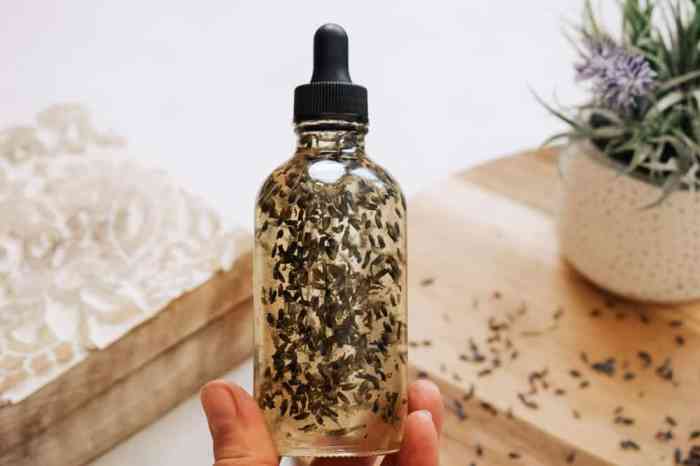
While DIY hair growth oils can be beneficial, it’s crucial to approach their use with caution and consider potential risks. Essential oils, while often lauded for their therapeutic properties, can sometimes cause adverse reactions when applied directly to the scalp.
Potential Side Effects of Essential Oils
Essential oils are potent substances that can trigger allergic reactions or skin irritation in some individuals. It’s essential to be aware of potential side effects and take appropriate precautions to minimize risks.
- Allergic Reactions: Some individuals may experience allergic reactions to certain essential oils, resulting in redness, itching, swelling, or even a rash. Common culprits include lavender, tea tree, and rosemary oils.
- Skin Irritation: Even if you’re not allergic, applying essential oils undiluted to your scalp can cause irritation, dryness, or burning sensations. This is particularly true for sensitive skin.
- Photosensitivity: Certain essential oils, such as bergamot and lemon, can make your skin more sensitive to sunlight, increasing the risk of sunburn.
Performing a Patch Test
Before applying any DIY hair growth oil to your entire scalp, it’s crucial to perform a patch test to assess your skin’s sensitivity.
- Choose a small area: Apply a diluted drop of the oil mixture to a small, inconspicuous area of your skin, such as the inside of your elbow or behind your ear.
- Wait for 24 hours: Observe the area for any signs of redness, itching, swelling, or other irritation. If no reaction occurs, it’s likely safe to apply the oil to your scalp.
- Proceed with caution: Even if the patch test is negative, start with a small amount of oil and gradually increase the amount as needed.
Consulting a Dermatologist or Trichologist
For personalized advice on hair growth treatments, it’s always recommended to consult a dermatologist or trichologist. These professionals can assess your individual hair type, scalp condition, and any underlying medical conditions that may be affecting your hair growth.
- Diagnosis and treatment plan: A dermatologist or trichologist can accurately diagnose the cause of your hair loss and recommend appropriate treatments, including medical therapies, lifestyle modifications, and even specialized hair growth products.
- Personalized advice: They can provide tailored guidance on the use of essential oils and other hair growth treatments, taking into account your specific needs and sensitivities.
DIY Hair Growth Oil Variations
While the basic DIY hair growth oil recipes provide a foundation, you can tailor them to your specific hair type and needs. Here’s a breakdown of variations based on different hair types:
Hair Type-Specific Variations
Here’s a table showcasing different DIY hair growth oil variations for different hair types:
| Hair Type | Oil Variations | Additional Tips |
|---|---|---|
| Dry Hair |
|
|
| Oily Hair |
|
|
| Color-Treated Hair |
|
|
DIY Hair Growth Oil Storage and Shelf Life
Proper storage is crucial for preserving the potency and effectiveness of your DIY hair growth oil. By following these guidelines, you can ensure your oil remains fresh and beneficial for your hair.
Shelf Life of Essential Oils and Carrier Oils
The shelf life of essential oils and carrier oils varies depending on their individual properties and storage conditions. Here’s a general guideline:
- Essential Oils: Most essential oils have a shelf life of 1-3 years when stored properly. However, some oils, like citrus oils, tend to degrade faster due to their photosensitivity.
- Carrier Oils: Carrier oils generally have a longer shelf life than essential oils, ranging from 1-2 years for most oils. However, oils like flaxseed oil and walnut oil have shorter shelf lives due to their high polyunsaturated fatty acid content.
Determining If DIY Hair Growth Oil Has Gone Bad
While it’s best to use your DIY hair growth oil within the recommended shelf life, here are some signs that your oil may have gone bad:
- Change in Color or Odor: A noticeable change in color or odor, such as becoming darker, cloudy, or developing a rancid smell, indicates spoilage.
- Separation: If the oil mixture separates into layers, it may have gone bad.
- Change in Texture: A change in texture, like becoming thicker or stickier, can also indicate spoilage.
Tip: If you notice any of these signs, it’s best to discard the oil and make a fresh batch.
DIY Hair Growth Oil and Hair Masks
Combining DIY hair growth oils with hair masks can significantly enhance their effectiveness. Hair masks provide a nourishing and protective layer, allowing the beneficial ingredients in the oil to penetrate deeper into the hair shaft and scalp. This creates a synergistic effect, promoting stronger, healthier, and faster hair growth.
DIY Hair Mask Recipes Using Essential Oils
Here are some DIY hair mask recipes incorporating essential oils for hair growth:
| Mask Name | Ingredients | Benefits | Application |
|---|---|---|---|
| Nourishing Avocado and Coconut Mask |
|
|
|
| Strengthening Egg and Honey Mask |
|
|
|
| Clarifying Apple Cider Vinegar Mask |
|
|
|
Applying Hair Masks for Optimal Results, Hair growth diy oil
To maximize the benefits of hair masks, follow these steps:
- Choose the right mask: Select a mask that addresses your specific hair concerns, such as dryness, damage, or hair loss.
- Prepare your hair: Wash your hair with a gentle shampoo and towel dry it. This allows the mask to penetrate deeper into the hair shaft.
- Apply the mask: Massage the mask evenly into your scalp and hair, ensuring complete coverage. Use your fingertips to gently stimulate the scalp.
- Leave it on: Follow the recommended time for the mask to work its magic. You can wrap your hair in a warm towel to enhance absorption.
- Rinse thoroughly: Rinse the mask completely with cool water. Use a mild shampoo and conditioner to remove any residue.
- Frequency: Apply the mask 1-2 times a week for optimal results. You can adjust the frequency based on your hair type and needs.
DIY Hair Growth Oil for Specific Hair Concerns
Hair growth oils can be customized to address specific hair concerns, providing targeted solutions for common issues. These oils can be formulated with natural ingredients that nourish the scalp and hair follicles, promoting healthier hair growth.
DIY Hair Growth Oil for Dandruff
Dandruff is a common scalp condition characterized by flaky skin and itching. It can be caused by various factors, including dry scalp, fungal infections, and sensitivity to hair care products.
- Tea Tree Oil: This oil possesses antifungal and antibacterial properties, effectively combating the fungus Malassezia globosa, a primary cause of dandruff.
- Coconut Oil: Known for its moisturizing properties, coconut oil helps soothe the scalp and reduce dryness, a contributing factor to dandruff.
- Rosemary Oil: With its antimicrobial and anti-inflammatory properties, rosemary oil helps control dandruff by reducing scalp inflammation and inhibiting microbial growth.
DIY Hair Growth Oil for Dandruff Recipe:
Mix 2 tablespoons of coconut oil with 5 drops of tea tree oil and 5 drops of rosemary oil. Gently massage the mixture onto your scalp and leave it on for at least 30 minutes before rinsing with a mild shampoo.
This blend targets dandruff by addressing its underlying causes: dryness, fungal infections, and inflammation.
DIY Hair Growth Oil for Hair Growth and Scalp Health
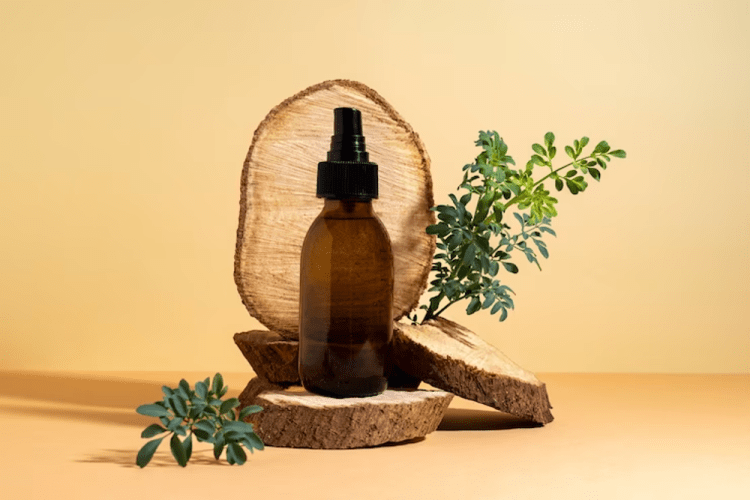
Nourishing your scalp with the right ingredients is crucial for promoting hair growth. DIY hair growth oils can be a natural and effective way to address both hair growth and scalp health concerns. These oils can help create a healthy environment for hair follicles to thrive, leading to stronger, thicker, and longer hair.
DIY Hair Growth Oil Recipes for Hair Growth and Scalp Health
Here are a few DIY hair growth oil recipes that focus on both hair growth and scalp health:
| Recipe | Ingredients | Benefits | Application |
|---|---|---|---|
| Rosemary & Peppermint Oil Blend |
|
|
|
| Onion & Castor Oil Blend |
|
|
|
| Avocado & Lavender Oil Blend |
|
|
|
How These Recipes Contribute to a Healthy Scalp Environment
The ingredients in these DIY hair growth oils work together to create a healthy scalp environment that promotes hair growth:
- Stimulate Blood Circulation: Oils like rosemary and peppermint increase blood flow to the scalp, delivering essential nutrients to the hair follicles.
- Reduce Inflammation: Peppermint oil and lavender oil have anti-inflammatory properties that can soothe irritated scalps and reduce scalp conditions that may hinder hair growth.
- Nourish Hair Follicles: Oils like castor oil, avocado oil, and coconut oil are rich in fatty acids and vitamins that nourish the hair follicles, promoting healthy hair growth.
- Fight Infections: Tea tree oil has antibacterial properties that can help prevent scalp infections, which can also hinder hair growth.
Maintaining Scalp Health Through Regular Application
To maintain a healthy scalp and promote optimal hair growth, it is essential to use these DIY hair growth oils regularly.
- Consistency is Key: Apply the oil at least twice a week for best results.
- Gentle Massage: Massage the oil into your scalp for a few minutes to improve blood circulation and absorption.
- Deep Conditioning: Leave the oil on for at least 30 minutes to an hour to allow the ingredients to penetrate the scalp and hair.
- Cleanse Thoroughly: Wash your hair with a mild shampoo to remove the oil completely.
- Listen to Your Scalp: If you experience any irritation or allergic reactions, discontinue use and consult a dermatologist.
By incorporating DIY hair growth oils into your hair care routine, you can unlock the potential for healthier, stronger, and more vibrant hair. Remember to choose oils that suit your hair type, apply them consistently, and maintain a healthy lifestyle for optimal results. Embrace the journey of nurturing your hair naturally and experience the transformative power of DIY hair growth oils.

